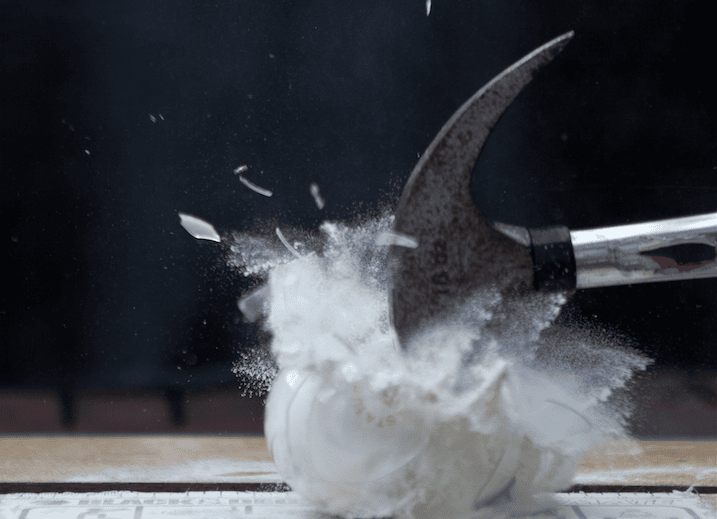
[Image above] Credit: David Pacey; Flickr CC BY 2.0
Researchers, scientists, and engineers continue to be fascinated by graphene and the potential the advanced material has across so many applications.
Graphene’s single-layer thickness, toughness, and supreme mechanical and thermal properties make it an ideal choice for developing electronic, optoelectronic, and electromechanical devices and sensors. But scaling up commercially viable graphene for electronic applications has been complicated and expensive.
So finding the answer for manufacturing cost-effective, commercially viable graphene is paramount.
Some researchers are experimenting with the production of “defective graphene,” which allows defects to be created within the material, altering its electrical and mechanical properties to make it more useful.
Some scientists are growing graphene nanoribbons on materials like germanium in order to harness graphene’s electronic properties in semioconductor applications.
Others are pairing graphene with additional materials, like alumnina, to further expand the material’s applications.
But to truly understand graphene’s potential when it comes to things like flexible electronics, researchers at Rice University are testing how graphene layers interact under strain. Specifically, they looked at how graphene oxide “paper” would handle the shear strain of being pulled apart, according to a recent Rice University news release. The team published their work in the American Chemical Society journal Nano Letters.
“We want to build three-dimensional structures from two-dimensional materials, so this kind of study is useful,” says Chandra Sekhar Tiwary, Rice University postdoc research associate and lead author on the paper. “These structures could be a thermal substrate for electronic devices, they could be filters, they could be sensors, or they could be biomedical devices. But if we’re going to use a material, we need to understand how it behaves.”
The scientists stacked graphene oxide paper sheets on top of each other like pancakes. Oxygen molecules “functionalized” the surfaces, adding roughness to the otherwise atom-thick sheets, the release explains.
When gentle, slow stress is applied, the team found that the oxides would catch, causing the paper to corrugate at the points where layers dissociated. But higher strain rates had a different effect on the paper.
“The simulation performed by our collaborators in Brazil provides insight and confirms that if you pull it very fast, the layers don’t interact, and only one layer comes out,” Tiwary says.
https://www.youtube.com/watch?v=hno5dJCv97U
Simulation of the strain in graphene oxide. Credit: Rice University; YouTube
Through experimentation, the team was able to gain a better understanding of useful and not-so-useful functional groups for graphene.
“With this understanding, we can choose the functional groups to make better structures at the molecular level,” Tiwary says.
The paper, published in ACS Nano Letters, is “Strain rate dependent shear plasticity in graphite oxide” (10.1021/acs.nanolett.5b04346).
Author
Stephanie Liverani
CTT Categories
- Electronics
- Manufacturing
- Material Innovations
- Nanomaterials


